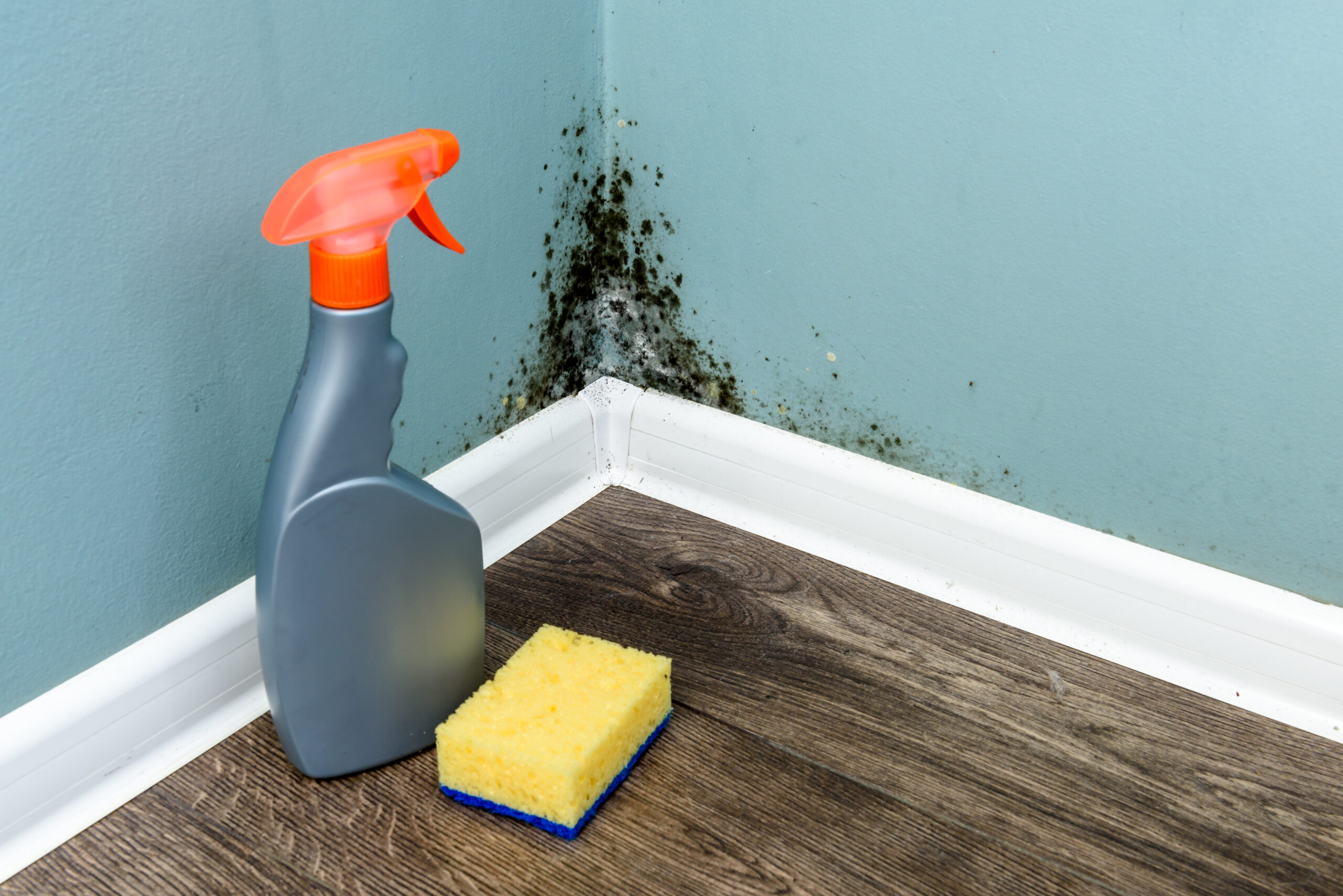To remove mold from your home, you must first find and fix the water source. For small areas, scrub the mold with a mixture of detergent and water. You can also use a solution of baking soda, vinegar, or 3% hydrogen peroxide to eradicate the spores. If the infestation is extensive and on porous materials, or for larger areas, hire the services of professional mold cleaners. Always wear protective gear and ensure good ventilation while cleaning. Address the pervasive problem by improving ventilation to prevent mold from returning.
Conquer Mold: The Best Methods to Banish Mold & Revitalize Your Space
A mold-free home creates a safer, healthier living environment, improving your overall comfort and offering peace of mind to all the residents. Tackling extensive mold growth can be challenging. It begins with identifying the source of moisture and revolves around scrubbing surfaces with a detergent solution, followed by treating stubborn spots with vinegar. A small, black spot blooming in the corner of your shower ceiling might be a subtle indicator of a larger issue. Without addressing the moisture problem and improving your ventilation, all your mold removal efforts will go down the drain.
| Fast fact Buy a hygrometer from your local hardware store to measure humidity levels in your home. If it’s above 60%, use dehumidifiers. Ideally, you’d want to keep your indoor humidity between 30% and 60%. |
Here are some effective ways to safely eliminate mold from your home and revitalize it.
Identify and Fix The Source of Moisture
- Find the leak first of all. Mold grows in damp environments. Find and repair any plumbing leaks, such as from roofs, walls, or pipes. Dry all items completely.
- Use an air conditioner or dehumidifier to keep humidity levels below 50%.
- Ensure your kitchen, laundry, and bathroom exhaust fans vent to the outside to remove moist air.
- Dry all items and affected areas completely, soaked by floods or leaks, within 24 to 48 hours to prevent mold growth.
Choose Your Cleaning Solution
For small moldy areas that are less than 10 square feet, use any of the following cleaning solutions. For extensive issues, use commercial cleaners or seek professional help.
- Mix a mild detergent with water to remove mold from hard, non-porous surfaces.
- A combination of vinegar and baking soda kills mold and helps to deodorize.
- A 3% hydrogen peroxide solution can be effective on both porous and non-porous surfaces.
- A solution of one cup of bleach to one gallon of water can eradicate mold on hard surfaces, but it is less effective on porous materials and can even be hazardous.
| Did you know? Many studies point to early life mold exposure being associated with poorer cognitive function, asthma, wheeze, allergic rhinitis, and eczema, linking mold exposure to headaches, memory problems, anxiety, and depression. |
Steps For Cleaning
- Before you start cleaning, open doors and windows. Ventilate the area to improve airflow and reduce fumes.
- Wear protective gear. Put on goggles, gloves, and old clothes to protect yourself from fumes and mold spores.
- Spray your chosen cleaning solution on the affected area and let it sit for at least 15 minutes.
- Use a scrub brush and sponge to scrub the mold away.
- Wipe the area with a clean, damp cloth to wipe away the residues.
- Ensure the area is completely dry after cleaning to prevent mold regrowth.
When to Call a Professional
- If the mold issue is widespread and the affected area is larger than 10 square feet, hire a professional to handle the mold removal process safely.
- If the mold is on porous materials like drywall or wood, it may be difficult to remove completely. Professional remediation might become necessary in such a scenario.
Conclusion
When it comes to mold removal from your home, identifying the water source, limiting moisture, and improving ventilation are the key first steps. You can handle small infestations by spraying DIY cleaning solutions on the affected area and scrubbing away the mold spores. If the mold growth is widespread, hire professional mold remediation services for thorough cleaning and sanitization. Addressing the issue early on can prevent significant structural damage, making your mold-free, sanitized home more attractive to potential buyers.
FAQs
What are the common causes of mold growth in homes?
Roof leaks, excessive moisture in bathrooms, high room humidity, leaking water pipes, and water pooling near the foundations cause mold growth in homes.
How can I regulate humidity in my home?
Run exhaust fans in bathrooms and kitchens, open windows, and install outdoor drain pipes to get water away from your home’s foundations when it rains.
What are some statistics about mold?
Approximately 70% of homes have some kind of mold in them, and at least 45 million buildings in the US have unhealthy levels of mold.

